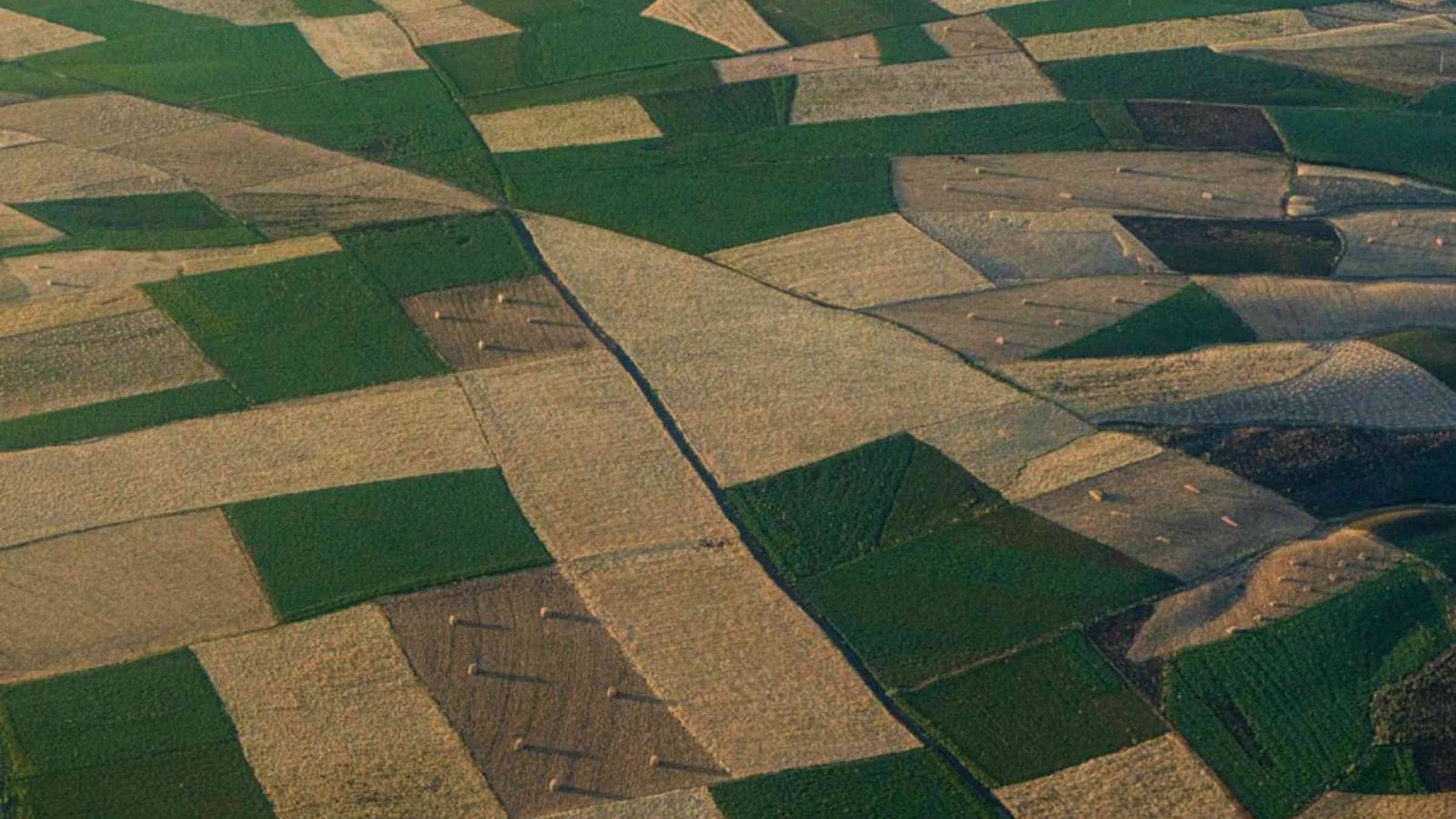Harnessing earth observation systems to improve malaria early warning in Ethiopia

By Sophia Dahodwala and Fernanda Zermoglio
Tremendous progress has been made globally to reduce the burden of malaria. Between 2001 and 2013, the world saw a 47 percent decline in malaria mortality. Despite this progress, malaria continues to have a devastating impact on human health and livelihood throughout the world, emphasizing the need for innovations, particularly in malaria surveillance, control and elimination. Weak systems for surveillance compromise countries’ ability to track gaps in malaria programs and changes in the disease burden.
Climate change presents one of the greatest impediments to progress to malaria control and elimination in Sub-Saharan Africa. Changes in temperature, precipitation and in the frequency and intensity of extreme weather events will alter the nature of malaria and other water- and vector-borne diseases, placing more people at risk of exposure. Addressing malaria’s changing risk profile will require the use of predictive early warning tools, allowing both policy makers and practitioners to adapt programmatic approaches and specific interventions in response to changes in climate.
In Ethiopia, malaria poses a unique challenge for the government, which is working tirelessly toward malaria elimination. Increased temperatures are shifting malaria incidence to the highlands and to communities that have previously had very limited exposure to the disease. Responding to the government’s challenge, and as part of an extensive investment in the climate-health nexus, the USAID Adaptation Thought Leadership and Assessments (ATLAS) project partnered with the USAID/Ethiopia Mission, President’s Malaria Initiative (PMI), and University of Oklahoma (OU) to support the scaling up of an existing malaria early warning system in Ethiopia: the Epidemic Prognosis Incorporating Disease and Environmental Monitoring for Integrated Assessment (EPIDEMIA) tool. EPIDEMIA was developed originally and implemented by OU in collaboration with public health partners in Ethiopia’s Amhara region over 10 years ago. The tool harnesses satellite observations of weather and climate, and combines it with epidemiological data to predict malaria outbreaks up to eight weeks before they occur, using only open source tools and free Google Earth Engine cloud-based data.
Findings highlight the importance and feasibility of implementing malaria early warning systems. Not only can they inform the distribution of resources on the ground, but could also yield benefits that can be extended to other diseases besides malaria, such as dengue fever. The activity offers a roadmap to scale-up EPIDEMIA nationally in Ethiopia. Other lessons include:
- The role and importance of climate-based predictive models in improving the accuracy of malaria forecasts compared to predictions based only on malaria surveillance. Routine forecasting of malaria outbreaks using these integrated models at the national level is necessary and feasible, and can facilitate the targeting of prevention, control, and elimination activities that will reduce the burden of disease and mortality.
- The value and cost effectiveness of using earth observations. EPIDEMIA’s critical elements, including tools for data processing and streamlined access to free or low-cost climate data via Google Earth engine, render it capable of successfully generating regional predictions for malaria. Harnessing earth observations adds power to programming; leveraging these systems and collecting climate, weather, and environment data will strengthen the effectiveness of malaria surveillance programs.
Harnessing earth observations and integrating climate, weather, and environment data into malaria surveillance tools can better allow countries to effectively direct resources to malaria elimination efforts. Cross-sectoral partnerships at the intersection of climate and health can further progress toward achieving these goals, by modifying current interventions and programs and implementing new programs that can be adapted to a changing climate.